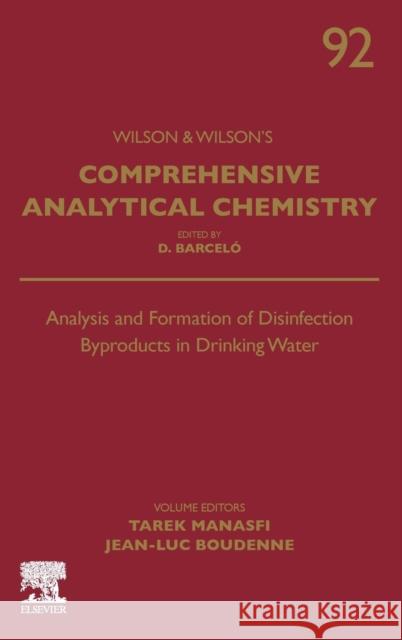Analysis and Formation of Disinfection Byproducts in Drinking Water: Volume 92 » książka
topmenu
Analysis and Formation of Disinfection Byproducts in Drinking Water: Volume 92
ISBN-13: 9780444643438 / Angielski / Twarda / 2021 / 312 str.
Kategorie:
Kategorie BISAC:
Wydawca:
Elsevier
Seria wydawnicza:
Język:
Angielski
ISBN-13:
9780444643438
Rok wydania:
2021
Numer serii:
001087592
Ilość stron:
312
Waga:
0.41 kg
Wymiary:
22.91 x 15.19 x 1.12
Oprawa:
Twarda
Wolumenów:
01











